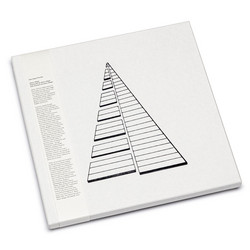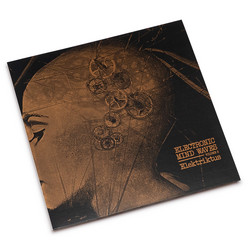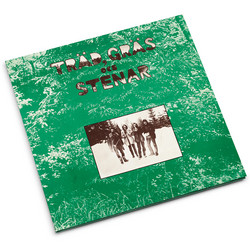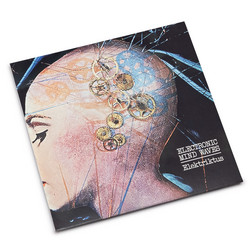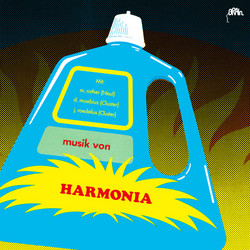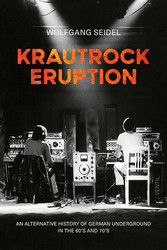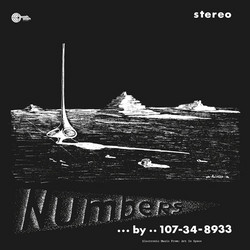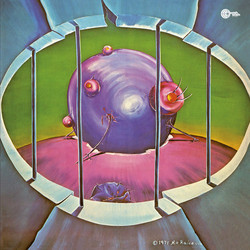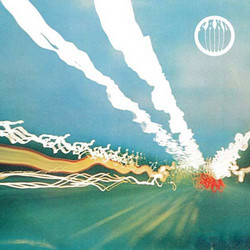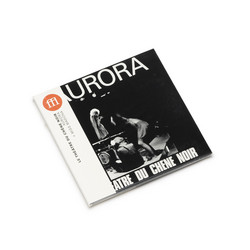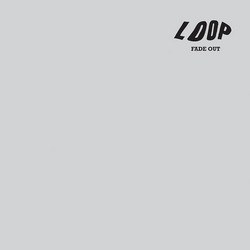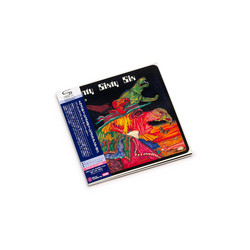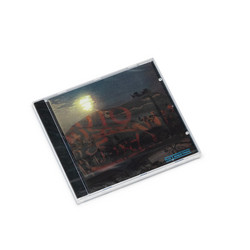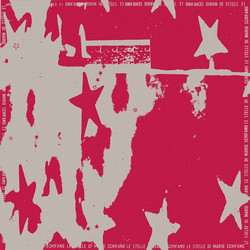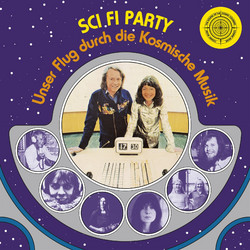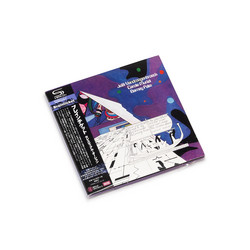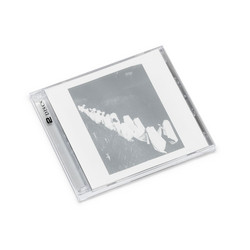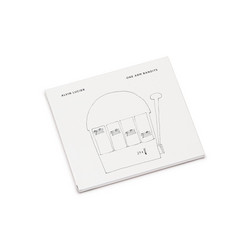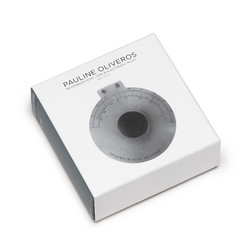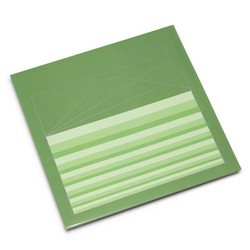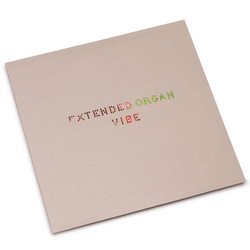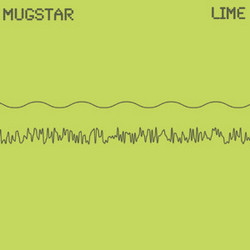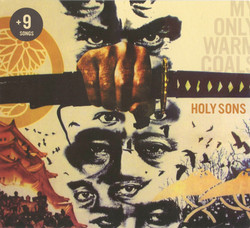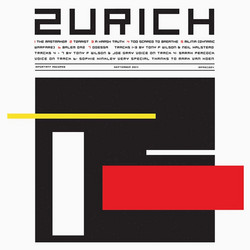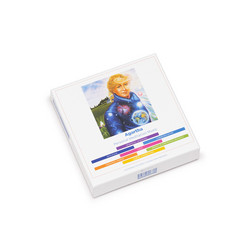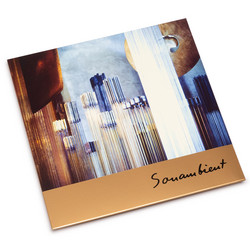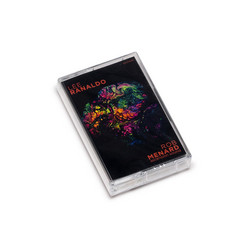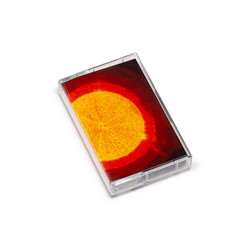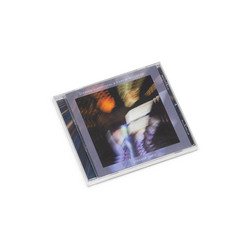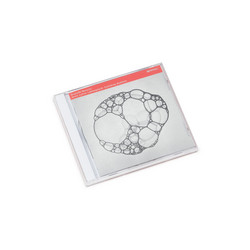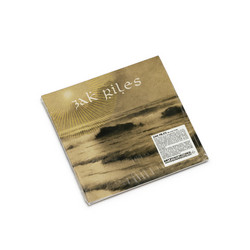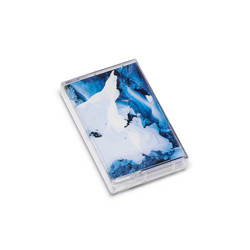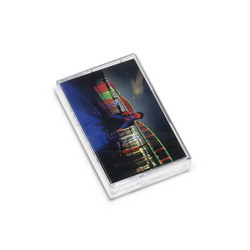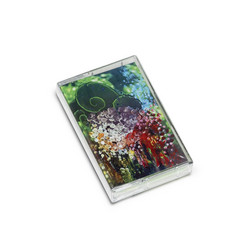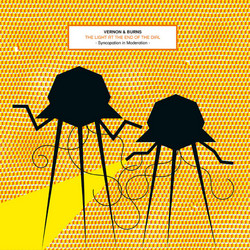**Black Vinyl** Ned Lagin's Seastones is a pioneering electronic composition interweaving metaphors from nature, science, art and music and the origins of music. Reflecting the technology, science, modern art, new ecological awareness and optimism of the times and culture, Seastones embodies the history of electronic music by taking full advantage of tape music, analog synthesizers, and computer technology to create pieces that are dynamic, rich, and deep.
Originally released by the Grateful Dead's Round Records in 1975, Seastones' reputation as a gem of electronic music was further enhanced by the celebrity of the musicians who contributed to the source material. Seastones musicians include Ned Lagin (processed piano, clavichord, organ, prepared piano, electric piano, synthesizers), Jerry Garcia (processed electric guitar, pedal steel guitar, voice), Phil Lesh (processed electric bass), David Crosby (processed electric guitar and vocals), Grace Slick and David Freiberg (processed vocals), and Mickey Hart and Spencer Dryden (percussion).
This new LP presents two crafted Seastones sets (Sets 4 and 5, 18 tracks) drawn from the entire Seastones composition and contains gorgeous extended processed vocals by Garcia, Crosby, Slick, and Freiberg, and beautiful abstract instrumental passages by Lagin and all. Lagin is considered a pioneer in the development and use of minicomputers and personal computers in real-time stage and studio music composition and performance. He had classical music training in piano, counterpoint, harmony, orchestration, composition, and the history of music. Growing up in 1960s New York he was deeply influenced by modal and free jazz, and by modern art. Lagin studied jazz improvisation, arrangement, and piano and played in small jazz groups and a big band. Seastones was influenced not only by modern jazz and forms for improvisation, but also by Lagin's studies of early, Renaissance, and 20th century music. He was a touring, studio, and guest keyboard player with the Grateful Dead from 1970 to 1976. Seastones composition began in 1970, while Lagin was attending the Massachusetts Institute of Technology (MIT). In 1974, with a minicomputer and an E-mu modular analog synthesizer, Lagin was able to play a polyphonic keyboard and hybrid computer-controlled instrument, as well as create simple generative musical processes. The normal controls found on the analog synthesizer were customized to accept computer control and the system was large enough to input audio and control voltages from the other musicians' instruments. This means that the synthesizer controls which were processing the incoming audio from the musicians could be controlled by what the artists were playing. These control voltages and timing signals derived from the amplitude envelope shapes of what the musicians played, as Lagin puts it: "... became the sources of modulation that are the imprints, the musical touch and articulation, personality and presence of each musician. Interweaving multiple musical identities within an interconnected group. Ensemble interaction and improvisation through instrument and compositional interconnection."
Each track on Seastones is what Lagin refers to as a "moment form". Each track is self-contained, like a sea stone on the beach, a moment in time full of feelings and meaning, an entire world unto itself. Again, Lagin:
"Each stone on a fragment from another place and time. Some are just one mineral, some made of many; some are crystalline; some magnetic; some meteorites from the birth of this solar system or the universe; some contain fossils of ancient lives and little life form's, their stories are imprinted. Ephemeral existence." "Like real sea stones, the Seastones moment forms are each a placetime, a time island, a droplet of time. They are composed and synthesized and skeletal improvisational forms. Some moment forms are ideogrammatic; the communicate their own self-contained structure, each a sensuous object in and of itself. Some of the moment form compositions are individual, some are related." "Some are metaphoric abstracted forms derived from geology, and natural history and paleontology, electronics and electricity, organic and biochemical synthesis, physical processes, mathematics, physics and quantum mechanics, language and linguistic structure, and different forms and perspectives from pictorial (and abstract) visual art (paintings - cubism, pointillism, impressionism, expressionism and color field). And some from the sea with tonalities that are complex ocean surface and deep wave forms and currents, with the superposition of many waveforms from many sources. Some moment forms are just one waveform cycle."
